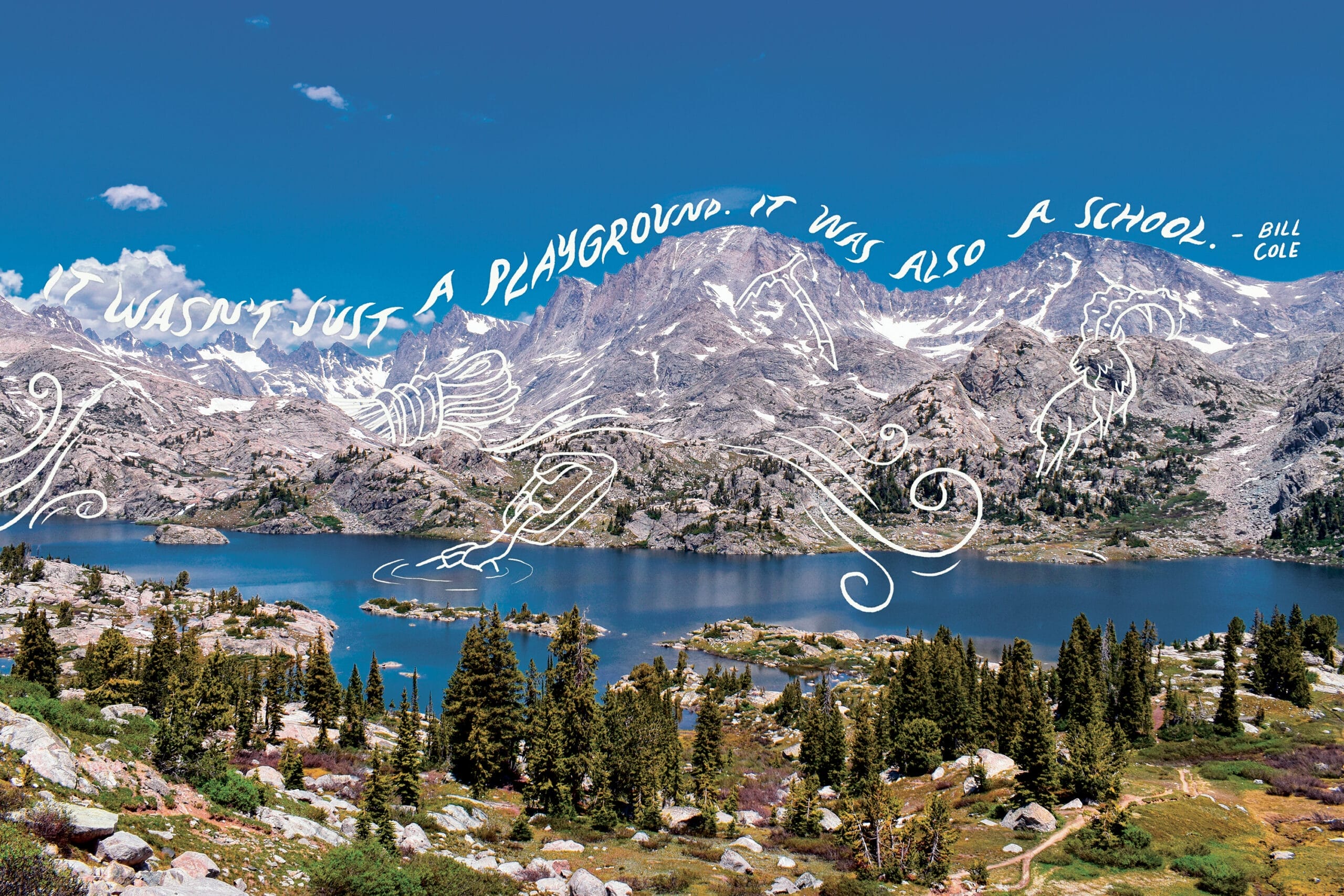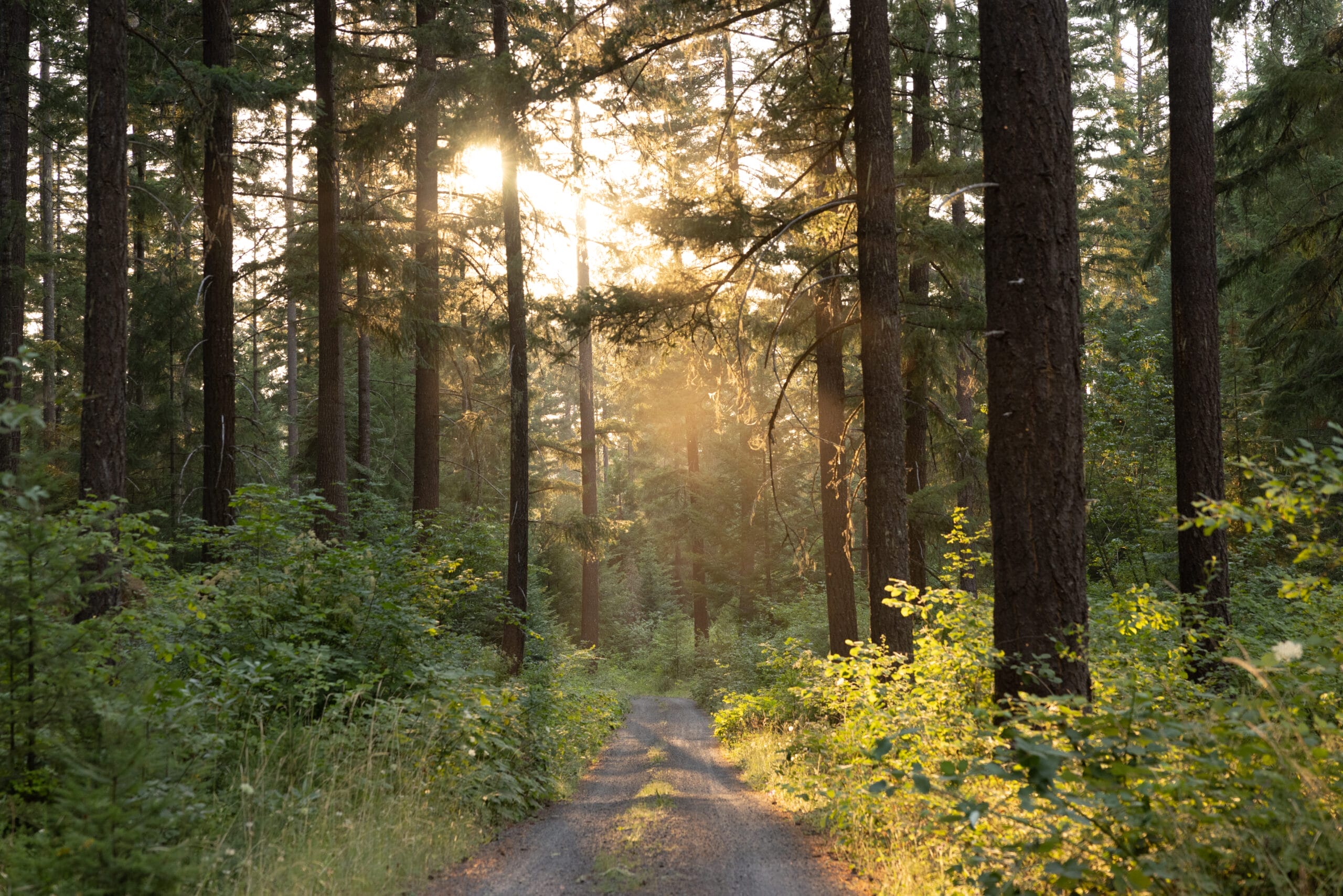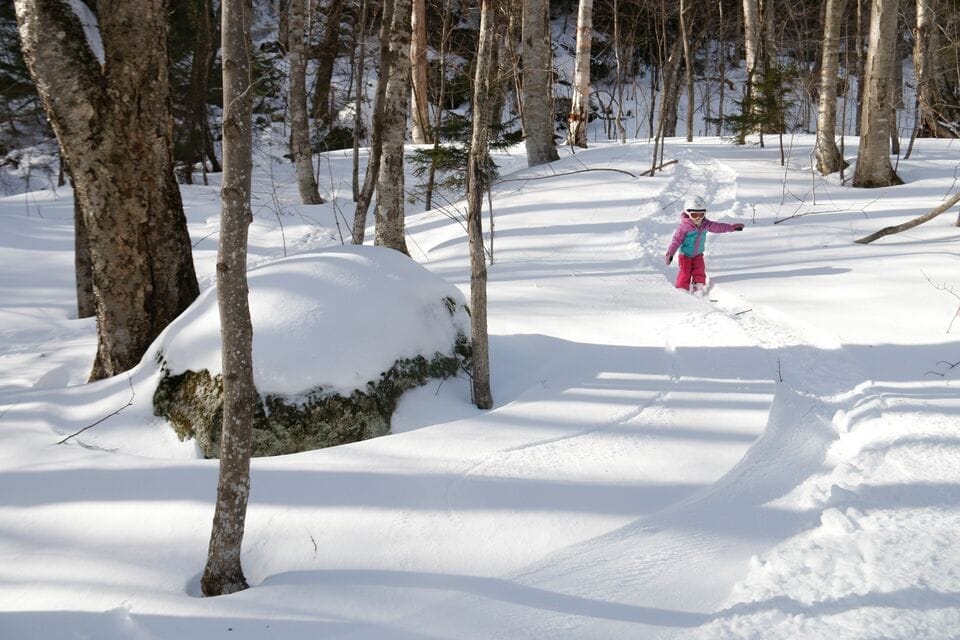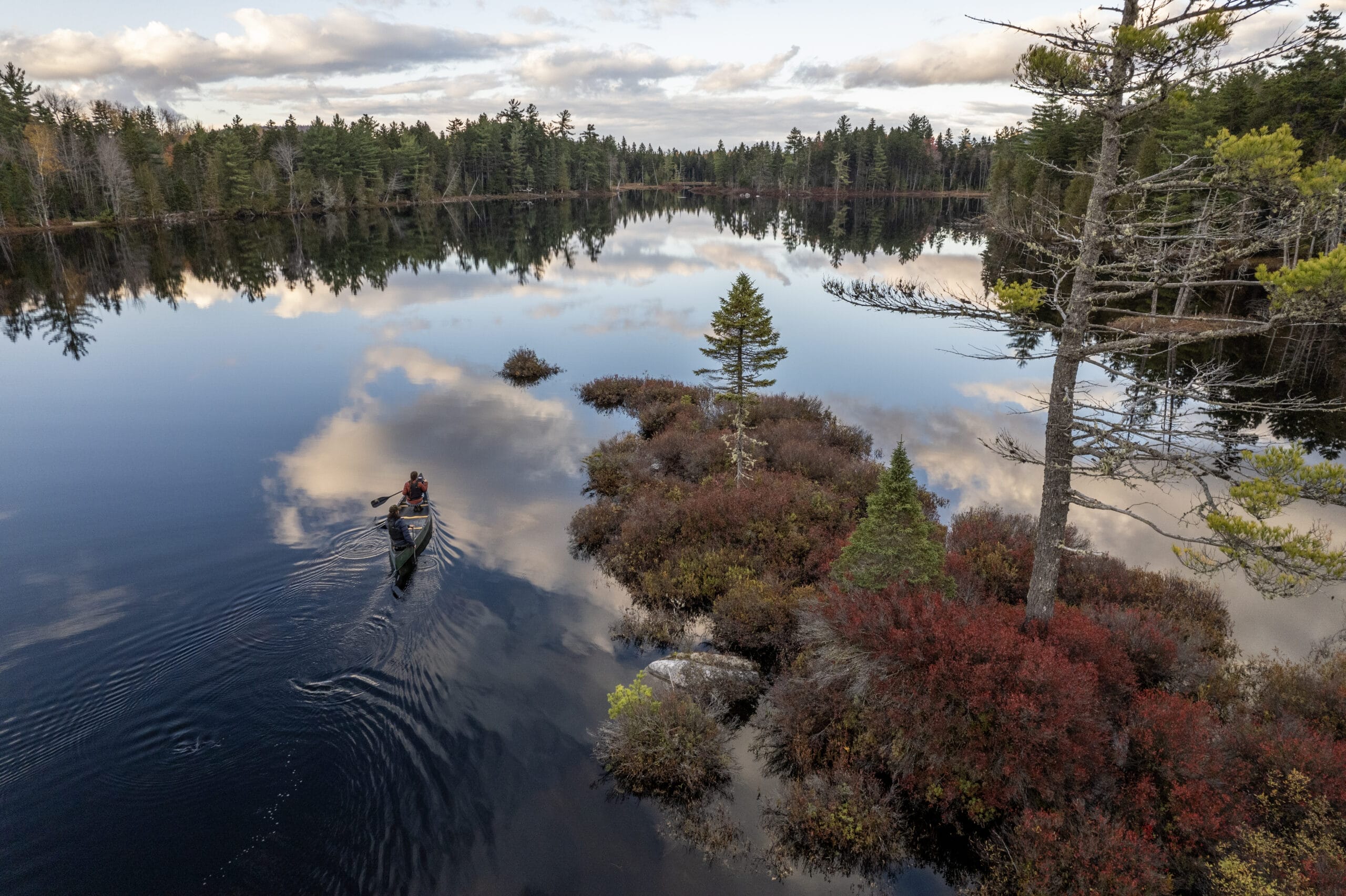
Itching to head outside? Read this first.
Itching to head outside? Read this first.
Sadiya Muqueeth, DrPH, MPH, is Director of Community Health at The Trust for Public Land.
With COVID-19 now present in all 50 states and public health experts urging social distancing, schools are closing, millions of people are working from home, and restaurants, bars, theaters, and gyms are shuttering.
So it’s only natural that people are being drawn to the lure of the great outdoors for respite, exercise, or just to clear their head.
First and foremost, with a crisis this fast-moving, it’s essential to follow guidelines from the Centers for Disease Control and Prevention as well as state and local health authorities on effective social distancing.
That said, experts are also acknowledging the adverse health effects of too much time indoors. “Being inside every single day for weeks on end is going to be really, really tough,” said Dr. Craig Spencer, director of the Global Health in Emergency Medicine at New York-Presbyterian/Columbia University Medical Center.
“I think going for a run is okay,” he added in an interview with CNN. “But be thoughtful about making sure you are not running less than six feet away from somebody else. Going for a run, going for a bike ride is good for us. It’s good for our physical health; it’s good for our mental health.”
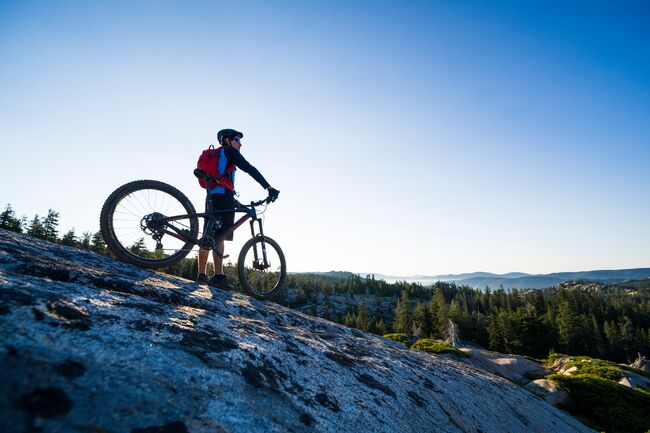 “Going for a run, going for a bike ride is good for us. It’s good for our physical health; it’s good for our mental health,” says Dr. Craig Spencer.Photo credit: Rachid Dahnoun
“Going for a run, going for a bike ride is good for us. It’s good for our physical health; it’s good for our mental health,” says Dr. Craig Spencer.Photo credit: Rachid Dahnoun
Whether you are venturing out for a run or walk, experts advise following a few other essential guidelines: stay home if you’re experiencing any symptoms; avoid close contact, such as shaking hands or hugging; wash hands frequently or use a hand sanitizer if soap and water are not available; avoid surfaces that are touched often, such as handrails and playground equipment; and as always, cough or sneeze into your inner elbow or a tissue.
Howard Frumkin, professor emeritus of Environmental and Occupational Health Sciences at the University of Washington School of Public Health, cautioned that going outdoors “has to be done right, in accordance with CDC and health department guidelines.”
Still he says “It’s a good idea to go outside now—a very good idea. [The threat of COVID-19] is compounded by the anxiety, depression, loneliness, and plain old cabin fever that many people are suffering, related to the social distancing and isolation,” adding that spending time “outdoors is an effective remedy for those ailments.”
Some states like New York are actively encouraging residents to enjoy the outdoors during the coronavirus crisis as an antidote to anxiety and isolation. To that end, New York has waived all park fees and reminded New Yorkers that park grounds and trails are open daily during daylight hours. At the same time, the state has closed nature centers and bathrooms to mitigate the virus’s spread.
In a statement, New York’s Department of Environmental Conservation said that “During the current COVID-19 public health crisis, getting outdoors and connecting with nature is a way to help maintain our mental and physical health.” It added: “Scientific studies show that time outside in nature, especially among trees, significantly reduces stress and anxiety, lowers blood pressure, improves mood, energy, and sleep, and boosts the immune system.”
Even San Francisco, which has a “shelter in place” order, has given a green light to parks and other outdoor spaces. Exemptions to the executive order to stay indoors include going to the doctor, buying food, visiting a pharmacy, and engaging in outdoor activity like “walking, hiking, or running.”
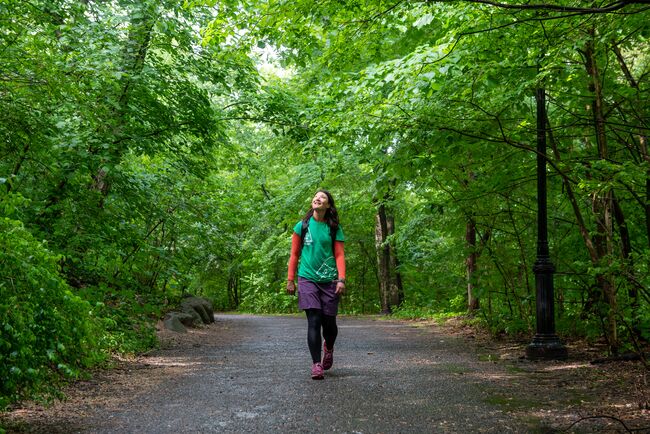 Getting outside can be as simple and accessible as a short walk in the neighborhood, experts say.Photo credit: Timothy Schenck
Getting outside can be as simple and accessible as a short walk in the neighborhood, experts say.Photo credit: Timothy Schenck
Getting outside can be as simple and accessible as a short walk in the neighborhood, experts say. Now is not the time, for example, for an epic road trip to a national park, many of which are closing facilities and visitor centers. Moreover, if you do choose to play outside, don’t push yourself: a perilous hike in the back country or a bicycle accident could put you in the hospital, taking up important healthcare resources.
The timing of the coronavirus pandemic unfolding just as the weather is improving will make the outdoors even more appealing. “So I think people should get out in the sunshine,” said Crystal Watson, a senior scholar at the Johns Hopkins Center for Health Security, to The New York Times. “Taking your dog out for a walk, or going to a park and keeping your distance, is safe and necessary. It’s probably going to be a beautiful spring, and we do need to save our own sanity.”
Nette Compton, Deputy Director of National Programs for The Trust for Public Land agrees, but says this moment of crisis is a stark reminder of deep park inequities around the country.
“Not everyone has a safe place to get outside during this time,” says Compton. “Nationwide, 100 million people—including 28 million kids—don’t have a park within a 10-minute walk of home. Emergencies like this just go to show that in too many communities, parks and accessible natural areas are still considered a privilege, when they should be a right.”


Donate to become a member, and you’ll receive a subscription to Land&People magazine, our biannual publication featuring exclusive, inspiring stories about our work connecting everyone to the outdoors.
See how our supporters are helping us connect people to the outdoors across the country.




